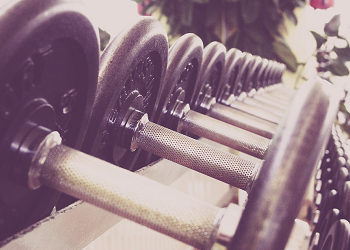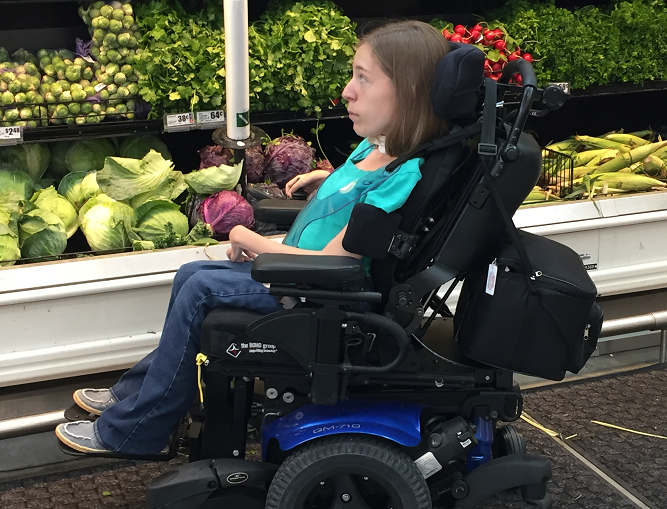Keep it safe while breaking a sweat
Concerns about safety can be a real barrier to exercise for people with physical disabilities. Knowing what your safety risks are can open possibilities for maintaining a workout regimen. Our team at the Center for Research on Women with Disabilities at Baylor College of Medicine offers a few tips before starting a new exercise routine.
Falling is a risk that you may need to discuss with your doctor. Consider the following suggestions for preventing falls:
- Wear supportive shoes
- Clear your exercise space of clutter
- Ensure your area is well lighted
- Be aware of medications that make you dizzy or affect vision
- Wear clothing that won’t make you trip
- Be cautious of pets and leashes that can get caught in assistive devices
- Exercise sitting down or holding a sturdy surface
- Incorporate strength and balance exercises in your routine to reduce your chance of falling
Temperature awareness is important when starting an exercise routine. Heat sensitivity and susceptibility is a common symptom of many physically disabling conditions including spinal cord injury, multiple sclerosis, and spina bifida. Some suggestions to keep from overheating during exercise include:
- Exercise early or late in the day when it is cooler

- Exercise indoors during the hot summer months
- Keep your head and neck cool with a moist cloth or other cooling product
- Exercise in a cool pool
- Wear lightweight, breathable clothing
- Use a spray bottle with a fan on top to cool yourself, or use an oscillating fan when exercising
- Limit exercise time in cold temperatures due to risk of hypothermia
Stretching and warming up are vital to a safe, enjoyable exercise routine. Take 5-10 minutes to warm up and cool down to ensure your muscles are primed for exercise and recovery. To prevent sore muscles and cramps, slowly increase how often, how intensely, and how long you are active and drink plenty of fluids (especially water) before, during, and after each activity.
Safety is an integral part of an effective exercise routine. Some signs of trouble are chest pain or discomfort, severe nausea, shortness of breath, sweating, or feeling faint. These can indicate medical issues that need to be addressed with a doctor immediately.
Some final personal safety tips when exercising outdoors:
- Be aware of your situation and people around you
- Take your cell phone if you have one so you can call for help
- Exercise with a trusted buddy if possible
- Stay in open areas – especially at night
Have fun and stay safe!
Additional Resources
Visit the National Center on Health, Physical Activity and Disability website for more resources and tips.
Alejandra Ospina explains her experience using online tools to help with weight loss
-By Stephanie Silveira, B.S., research assistant for the GoWoman study at the Center for Research on Women with Disabilities at Baylor and TIRR-Memorial Hermann, and doctoral student in the Department of Health and Human Performance, University of Houston





Hi, these tips are fairly common sense but very helpful as reminders.